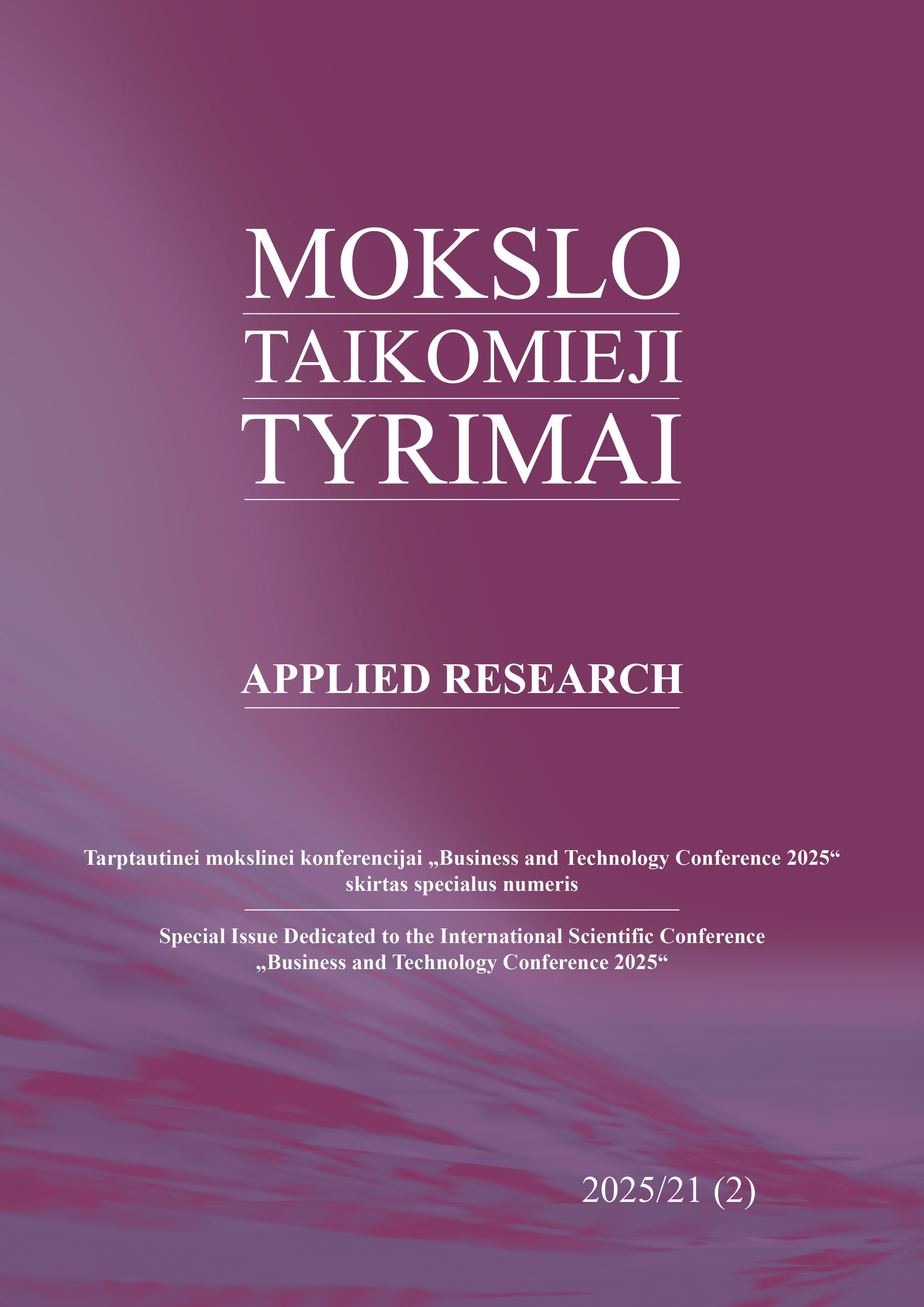Economic evaluation of the designed facility - multisport floors
DOI:
https://doi.org/10.59476/mtt2025.v2i21.735Keywords:
calculation method, investment, redemption periodAbstract
This article presents an in-depth economic evaluation of multisport flooring facilities, with a specific focus on ASB GlassFloor products and their financial feasibility in the context of Bulgaria’s transitional economy. The study applies the calculation method and linear depreciation to determine the total cost, profitability, and payback period of a standard basketball court with an area of 420 m², adaptable for multiple sports, including volleyball, tennis, handball, and small-goal football. By analyzing direct and indirect costs, as well as profit margins and VAT implications, the research demonstrates that the total investment of approximately 2 million BGN achieves a payback period of 3.76 years, aligning with the target threshold of 4 years. The findings underscore the importance of optimizing cost structures, adopting innovative flooring technologies, and integrating multifunctional features to enhance both economic efficiency and market competitiveness. Beyond financial outcomes, the analysis highlights the role of innovative sports infrastructure—such as the ASB LumiFlex system—in shaping new standards for multifunctionality, sustainability, and user experience in contemporary sports facilities. This study not only contributes to the evaluation of investment efficiency but also situates modern sports infrastructure projects within broader discussions of innovation, competitiveness, and sustainable economic growth.
References
1. Brealey, R. A., Myers, S. C., & Allen, F. (2019). Principles of Corporate Finance. McGraw-Hill Irwin.
2. Copeland, T., Koller, T., & Murrin, T. (2000). Valuation: Measuring and Managing the Value of Companies. John Wiley & Sons.
3. Fadli, F., Himeur, Y., Elnour, M., & Amira, A. (2024). Unveiling hidden energy anomalies: Harnessing deep learning to optimize energy management in sports facilities. Preprint submitted to Elsevier. https://arxiv.org/pdf/2402.08742
4. Roseira Cayolla, R., & Escadas, M. (2023). Environmental sustainability and sports management: A review and discussion of future research opportunities. In Marketing and Smart Technologies, 309–321. https://doi.org/10.1007/978-981-99-0333-7_23
5. Гонгалова, Петрова, Е. Д. (2021). Теория на систените и организационно проектиране. Университетско издателство “Васил Априлов“.
6. Gregori-Faus, C., Crespo, J., Calabuig, F., & Parra-Camacho, D. (2025). State-of-the-art of sustainability in sports facilities: A systematic review. Environment, Development and Sustainability. https://doi.org/10.1007/s10668-024-05854-1
7. Gratton, C., & Preuss, H. (2008). Maximizing Olympic impacts by building up legacies. The International Journal of the History of Sport, 25(14), 1922–1938. https://doi.org/10.1080/09523360802439023
8. Петрова, Д. (2020). Стопанско управление. Университетско издателство “Васил Априлов”.
9. Petrova, D. (2020). Innovation management. University Publishing House “Vasil Aprilov“.
10. Петрова, Д. (2020a). Инвестиции. Управление на инвестиционни проекти. Университетско издателство “Васил Априлов”.
Downloads
Published
Issue
Section
License
Copyright (c) 2025 Bogomil Ivanov, Preslav Petkov, Desislava Petrova

This work is licensed under a Creative Commons Attribution 4.0 International License.

